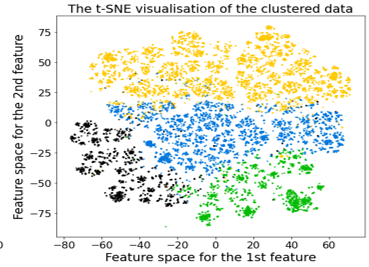Better Manage Household Water Consumption
UKWIR SUSTAINABLE WATER SUPPLIES
CLIENT

“How do we halve freshwater abstractions in a sustainable way by 2050?” This is one very ambitious and tough question that the UK Water Industry Research (UKWIR) set out to answer in its Big Question programme. At its heart is the need to better manage household water consumption.
To begin to answer this we first need an improved understanding of water consumption by people and businesses. This can then help with the management and planning of our precious water resources as well as developing a means of targeting water efficiency measures.
How do we build a picture about people’s water use? What if it is the whole population we need to consider? How do we differentiate between different people? The answer is to analyse data to extract insights to understand different behaviour types. The more data, the clearer and more relevant it is, and the more accurate picture we obtain — enabling us to better manage household water consumption.
This was the case in this highly challenging project. We were provided data from several water companies, data that spanned various levels of granularity, from annual billings to 15-min smart meter data. There was a big variation in data quality, with many duplications, missing values and errors. But to obtain solid insights you need data that is clean and well-structured and that makes sense – this provides the solid foundation for the analysis.
Discover more of our projects in the water sector.


Let’s collaborate
Send us an email, to discuss a new project.
We’re a team of innovators who are excited about unique ideas and help companies to create amazing solutions.

